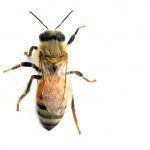BEEKEEPING TO SAVE THE HONEY BEES
To Save the Honeybee is important for our Environment Pollination.
Why Beekeeping.PK?
Pakistan is one of the many countries in a world where honey bees are slowly disappearing. There is little or no awareness about this issue. We came to know the scarcity of the information and equipment when we thought of setting up a beehive. Hence, we decided to set up a website where we can discuss how can we save honeybees ( and ourselves ) by spreading awareness about Bees. We are no beekeepers, but with this effort, we hope to get into this hobby of beekeeping.
What is honeybee?
Pakistan is one of the many countries in a world where honey bees are slowly disappearing. There is little or no awareness about this issue. We came to know the scarcity of the information and equipment when we thought of setting up a beehive. Hence, we decided to set up a website where we can discuss how can we save honeybees ( and ourselves ) by spreading awareness about Bees. We are no beekeepers, but with this effort, we hope to get into this hobby of beekeeping.
About Bees
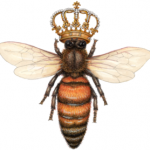
Queen Bee
The largest bee in the colony is the Queen bee. The wings of the queen bee is the half way down her abdomen.She is the only queen in a colony of honey bees that may number 60,000 or more.
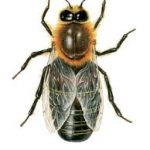
Drone Bee
Drone is a male bee. They don’t like the female worker bees.They do not have stingers and neither they can collect a nectar nor pollen. A primary role of drone is to mate with an unfertilized queen.
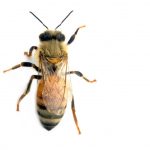
Worker Bee
A worker bee is just a bee that works. Dependings on her age she has a different roles in hives.When she is young her role is nurse bee.Her work is to take care of the larvae Bee.
Pollination For Beekeeping
For the pollination of plants bees are required because bees can makes the indispensable pollinators ecosystems. The flowering plant species population is 369,000 and 90% of them are dependent on insect pollination.Usually honeybee can visit 50-1000 flowers in one trip if bee takes ten trips a day, a colony with 25,000 forager bees can pollinate 250 million flowers in a day.The researchers estimate that almost one-third of the human food supply has to rely on insect pollination. Most of the ancient plants were pollinated by wind. Conifers, grasses, and many other trees are still wind-pollinated. Most flowering plants, however, use living organisms to aid in this transfer. Bats and birds can pollinate just a limited number of plants, but the vast majority of plants are pollinated by insects.Some butterflies, ants, flies, beetles, wasp and moths pollinate the various flowers, but bees are responsible for the vast majority of pollination. Since all types of honey bees live on nectar and pollen, thus pollination would be difficult and time consuming without honey bees.
Threats to Bee Species
- Widespread use of pesticides, neonicotinoids and GMOs
- Climate change
- Loss of habitat, including land use changes, habitat fragmentation, loss of bio-diversity
- Bees forced into service monoculture
- Pests, diseases, viruses, and mold
Beekeeping Workers Works
The honey bees perform pollination because they live on nectar and pollen. Since many important crops are pollinated by honey bees.So, the one -third of human food supply, would be very difficult without bees.
Learn About Honey
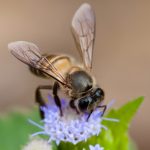
Pollination
Pollination is the act of transferring pollen grains from the male anther of a flower to the female stigma.
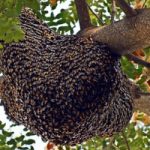
Beehive
A beehive is an enclosed, man-made structure in which some honey bee species of the sub genus Apis live.
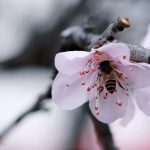
Nectar
Nectar is a sugar-rich liquid produced by plants in glands called nectaries, which attracts pollinating animals.
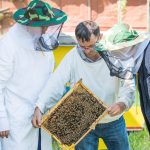
Beekeeping Farms
Beekeeping provide a unique services and offers how can you become a successful beekeeper.
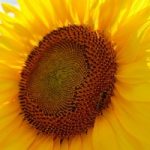
Flowers
Flowers and their aroma influences the flavor and quality of our honey like Lambertia formosa, Giant etc.
